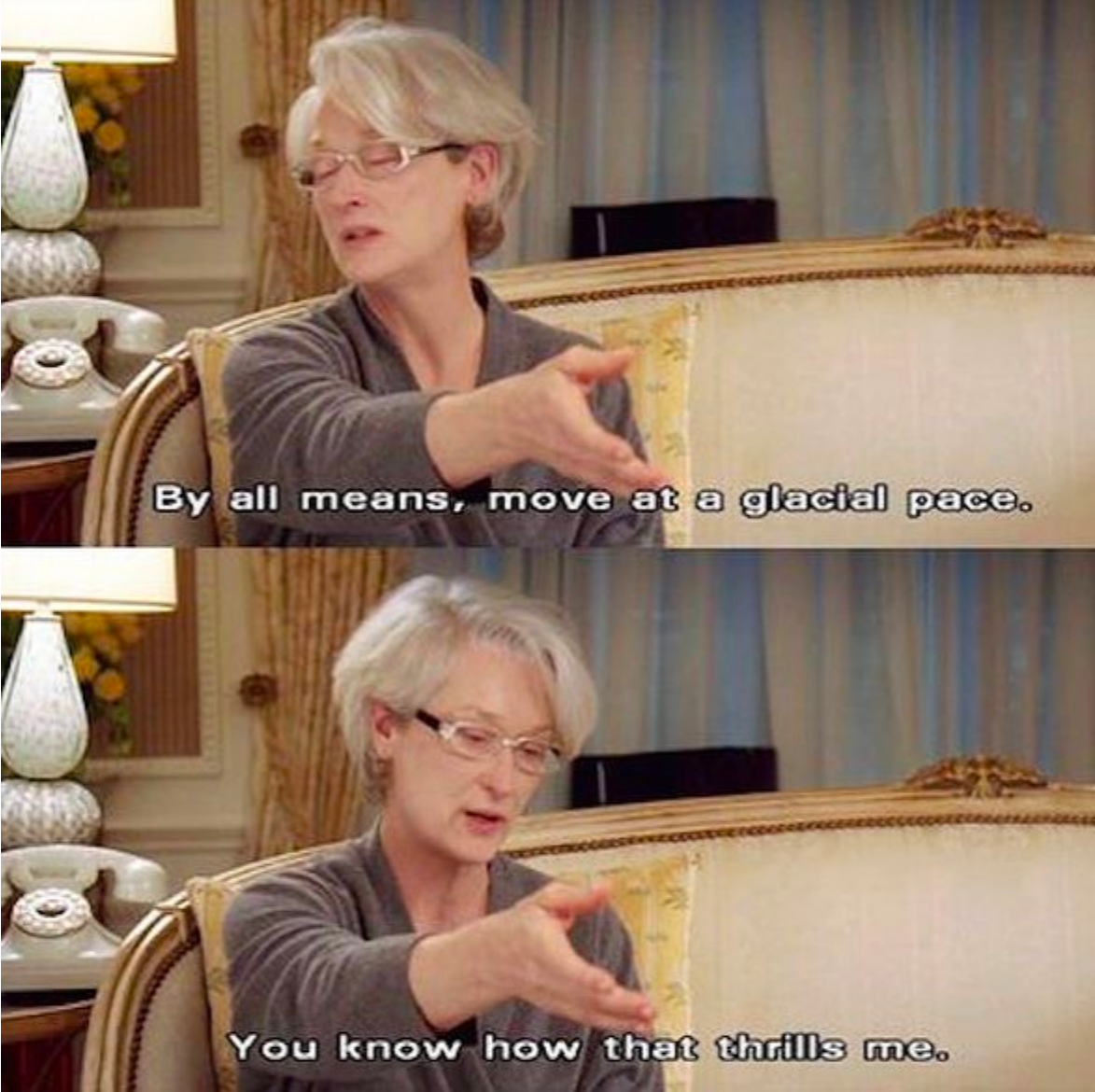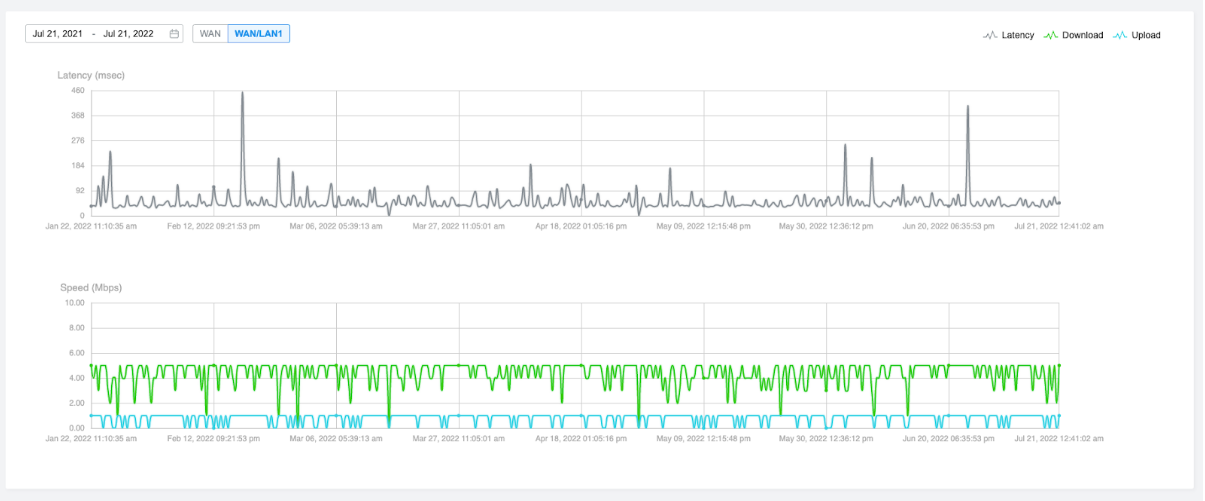Unfettered, unrestricted, and private access to the Internet is a human right. That’s what we believe at Windscribe.
Note: In late summer 2022, Xplornet rebranded to Xplore. We've updated all mentions of the company name but have not made any other changes to the content of this article.
To this writer’s understanding, ‘unrestricted’ includes the provision of high speed (or at least not glacial), always-on Internet access to all humans, everywhere. In 2016 in Canada, the CRTC ruled that access to Broadband is a “basic service”.

Only a couple hours outside of Toronto, though, in my quaint rural town, the maximum speeds I see on any kind of consistent basis are 5Mbps down and 1Mbps up, due to a combination of outdated infrastructure and traffic management policies. This costs upwards of 250CAD/month (about 190USD), and the connection isn’t particularly reliable.
In this article, I am going to take a look at how and why rural communities have been left behind in the internet age - and why many have become "Rural Shapeshifters" to try and claw back some control.
Outdated Infrastructure

This is a chart of our “speeds” over the last year, and as you can see, they’re not good. This is, of course, a technical limitation of the existing infrastructure: our network consists of a fixed wireless connection that utilizes WiMax, and a separate satellite connection that I use only when the fixed wireless fails.
Despite this, I am in a “privileged” position, with a flexible work life (so that I can reschedule meetings at the last second when a drop of rain falls, bringing the whole network down), access to a vehicle, and friends and family with reliable fiber connections. I also live reasonably close to more densely populated areas with WiFi hotspots.
Many people are not in this position.
Rural communities are underserved and overlooked in the realm of internet services, and this has never been in such stark relief as over the course of the “Great Staycation". Coverage is spotty, access is scarce, and speeds are abysmal. Many members of remote communities like those in the Canadian Territories simply do not have the means to access many of the operations of human life, whether they be economical, social, or political.
As you might have guessed, the true determining factor for rural communities getting the short end of the stick is money. It’s expensive for telecom companies to install fiber networks, and fiber is the leader in the great race for fast, reliable Internet access in 2022. Additionally, why would companies like Xplore (we’ll get to them a bit more later) invest this money when they already have a monopoly on communities who have no other choice? We - just one rural family - are already paying them our $200+/month, more than they’d likely make from faster, more reliable infrastructure like fiber, so why spend the money to install these networks?
The physical infrastructure, though, is not the only limiting factor in the speeds - and type - of traffic that rural and remote communities have access to. There’s a whole other world of restrictions out there, and the “nice” terminology for these restrictions is traffic management.
Traffic Management
This is the process of managing, controlling, or reducing traffic on a network. It is used by network administrators primarily to reduce congestion and latency. Obviously, though, to manage the network - to reduce some traffic, allowing a little bit of other traffic to go through a little bit faster - one needs to have some rules as to what’s being managed and how. There are two main implementations of traffic management: policing, and shaping. The definitely-not-extremely-dry documentation over at Cisco explains this nicely, with pictures for people like me:
“Traffic policing propagates bursts. When the traffic rate reaches the configured maximum rate, excess traffic is dropped (or remarked). The result is an output rate that appears as a saw-tooth with crests and troughs. In contrast to policing, traffic shaping retains excess packets in a queue and then schedules the excess for later transmission over increments of time. The result of traffic shaping is a smoothed packet output rate.”
- “Comparing Traffic Policing and Traffic Shaping for Bandwidth Limiting”, Cisco, October 14, 2019.

One might assume, then, that when traffic is policed, ‘unwanted’ traffic is just dropped (packet loss), but when it’s shaped, it’s just kinda slow. That would be nice, but the actual effects on the end user are very similar between these two methods of traffic management: you will experience lag and occasional connection loss. Both are pretty equally annoying.
Always Read the Fine Print
As I write this and you read it, it actually all seems sort of reasonable, right? They’re using these methods to reduce congestion, so shouldn’t we just trust them to do what’s best? Here’s Canadian ISP Xplore’s policy on traffic management, which if you read carefully literally announces that ‘web video’ is prioritized THIRD, behind social media and online gaming (which is still, if you’ve ever tried to play an innocent game of DOTA on an Xplore connection, completely unusable). That may not seem out of order until you consider how many instances of healthcare are delivered in rural and remote communities, especially since the pandemic and associated staying-home, via web video. Thank God it’s at least above P2P sharing… I guess.
Don’t worry, though, as Xplore proudly pronounces: “These policies will not cause your transfer speed to fall below 100kbps”. Barf.
The Other Side of the Story
Why won’t these ISPs set their standards higher? Why, instead of delivering painfully slow internet to those with no other option, won’t they invest the time and money to deliver this basic service to communities across Canada? Why won’t they make sure that rural internet users aren’t being prevented from accessing things like healthcare? Why won’t they try harder?
Xplore did not respond to Windscribbles’ request for comment, so maybe we’ll never know (whisper: it’s just money), but in researching this article I did find this Reddit comment defending them:
“xplorenet [sic] has been excellent for us (except for the first couple months where we lost internet whenever a train went by).”
- Zealousideal-Tell547, Reddit, May, 2022.
Becoming a Rural Shapeshifter
It is because of all this that I became a Rural Shapeshifter - a person who chooses to get around some of these traffic management measures and decide on their own how they’d like to use what precious little bandwidth they have.
How do you, too, become a shapeshifter? You guessed it. You should use a VPN like Windscribe. With Windscribe, your ISP can no longer tell what type of traffic you’re transmitting - it just looks like gibberish, as excellently explained by my colleague Kailash. This doesn’t do anything about the limitations of the existing infrastructure, but if they can’t see what you’re doing, at least they can’t shape your traffic and slow down your experience!




